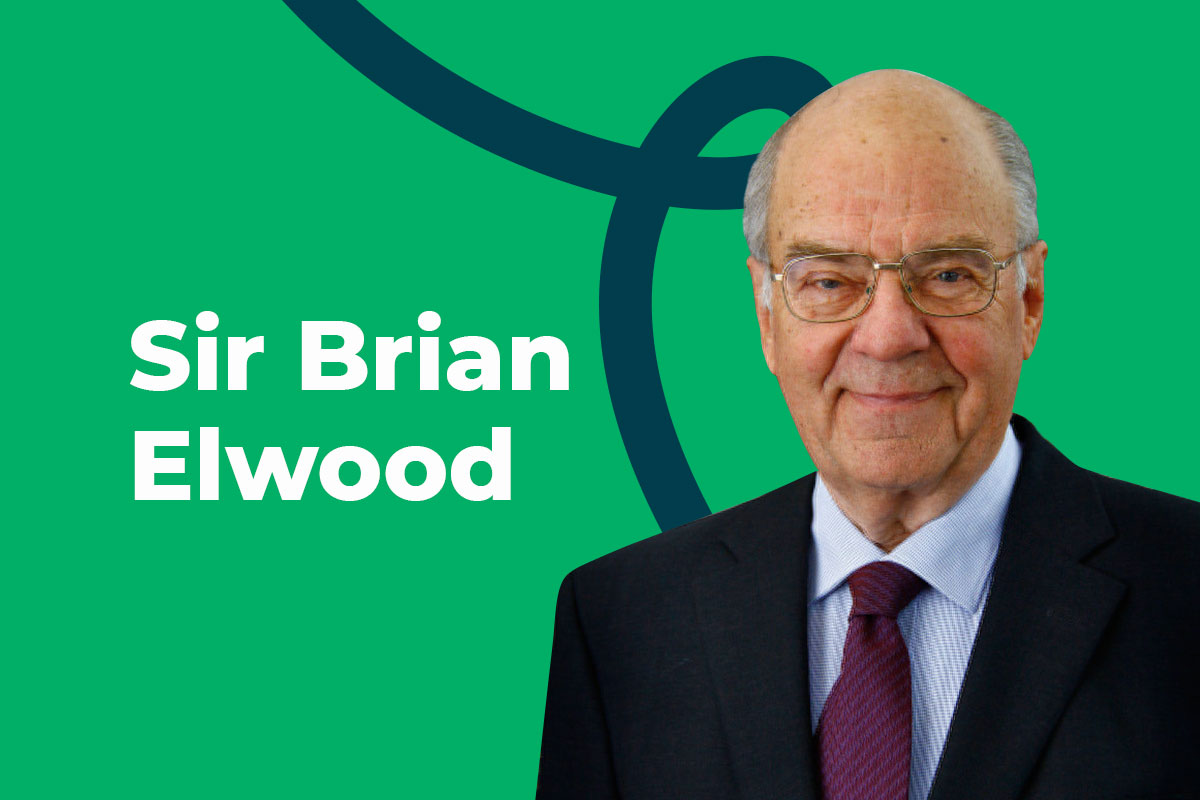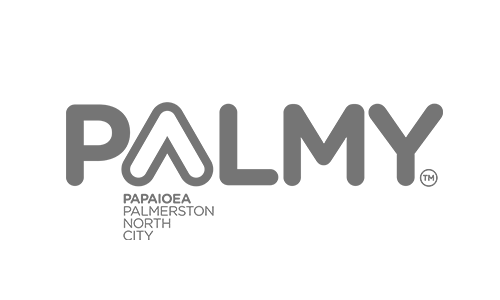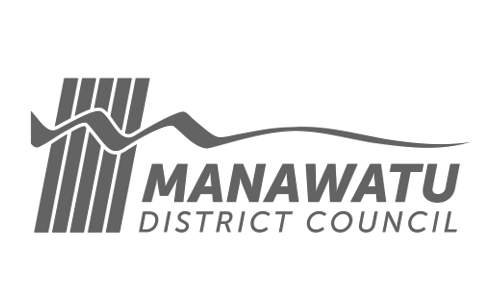“In some ways, looking back, my life had an unconscious element of planning but it wasn’t a case of one step leading to another, I could not have anticipated the path I took, but opportunities arose, and I had the courage to take them.”
If ever there was an example of the opportunities Manawatū can offer, the career of Te Aho Tāmaka Leader Sir Brian Elwood is a one. From Senior Prefect at Palmerston North Boys’ High School to President of the International Ombudsman Institute, Sir Brian has contributed to positive change for the region, the nation and the globe.
What are some of your strongest memories of growing up in Manawatū?
World War II first and foremost. I was born in the early 1930s when the world was coming out of the Great Depression, then with WWII, we were led to believe it was inevitable that New Zealand would be attacked from sea and air by Japan. Our lives were dominated by preparation for war, we had to dig bunkers in backyards and have blackout shades on our windows, it was very dramatic and as youngsters we were continually afraid of what would happen.
I took an interest in Palmerston North from an early age and noticed what was happening around me. I was able to walk and bike freely and was always going somewhere and talking to the neighbours I knew, who lived in the houses around me. The sense of community was in me even back then.
What made you initially run for Palmerston North City Council?
I was invited to join the Public Relations Organisation (PRO), which was set up to promote Palmerston North. PRO gave me a platform and opportunity to present my ideas to progress the city. The local media covered our meetings and my ideas resonated with the community, who started to follow and support me. After organising a highly successful trade delegation to Wellington promoting Palmerston North I started to gain a public persona that I never sought.
Another catalyst was the proposal to build an eastern distributor road from Milson to Fitzherbert Bridge creating an elevated motorway across the city. I was approached by affected homeowners and asked to support them in opposing the proposal. We presented a petition to a packed council meeting and the plan was abandoned. This resulted in citywide support and I was shoulder-tapped afterwards by a prominent local and told ‘Boy, one day you’ll be Mayor of this place.’
When I was elected Mayor in 1971, I was 35 years old and the youngest Mayor to date. I was told by several individuals that I was too young and should be waiting for my turn, however I subsequently won five elections before retiring from office to take up the role leading the Local Government Commission.
What are the highlights from your time as Mayor of Palmerston North?
I saw the need for a Mayor to have a more executive role. I instigated weekly meetings with the heads of departments to discuss problems and the solutions being applied. This built a confidence between senior officers as a team and led to a more cohesive organisation and that was very satisfying for me.
I have a very simple philosophy, the key word is collaboration; you can’t do anything alone, you are dependent on what others do and you will do it better if you do it alongside them. Hence, I built relationships with surrounding councils, I was able to say ‘we are in this together, what we are doing can be beneficial to each other. Let’s not focus on artificial boundaries.’
Improving quality of life underpinned my mayoralty, the hope for the future, confidence in growing business, in investing in homes, in creating a civic and cultural centre that would complement our identity as a sport and education centre. Palmerston North was, and still is, a place for people to feel confident in.
At a national level you led huge change to local government in the late 1980s, why was it necessary and how did it improve the situation?
New Zealand’s system of local government was formulated in the 1870s and nationwide boundaries between authorities were largely determined by the conditions of the late 1800s. This meant a lot of rural local government boundaries were fixed on the basis of how far an engineer could ride by horseback from his office to the boundary and back again! The result was over 800 local authorities by 1980.
I was approached in 1985 to chair the Local Government Commission and restructure local government, which ultimately led to the reduction in the number of local authorities to less than 100. I assured councillors and council staff that my brief was to strengthen local government, not destroy it, and worked closely with them around establishing the new boundaries.
In 1994 you were elected as President of the International Ombudsman Institute (IOI), tell us more about the organisation and your role.
It was a highlight of my career to be elected as the president of the International Ombudsman Insitute. New Zealand was the first country outside of Sweden to adopt the ombudsman concept in the 1960s, providing independent oversite of the administrative decision making of government and its agencies. During my time as the Chief Ombudsman for New Zealand I was involved in over 27,000 investigations, and my recommendations were declined only three times. Ombudsman are appointed by unanimous resolution of Parliament, not the government, and are accountable to Parliament.
Around the world 135 countries have generally adopted this approach and the IOI was formed with the aim of creating consistency globally and to ensure that the ombudsman appointment process was free from government interference.
What’s your view on where Manawatū is heading now?
The confirmation of the KiwiRail Regional Freight Hub is a dream come true for me. I hope that what I started encouraging, the emergence of a west coast development corridor, succeeds. A corridor from New Plymouth, Whanganui, Palmerston North through to Wellington. Palmerston North now provides an exceptional level of support to the wider regions if they work together for the common good. Palmerston North has a tremendous future.
And finally, what makes you proud to say you are from Manawatū?
Manawatū allowed me to achieve at a high level and develop goals along the way. I was given opportunities to develop skills that lay within me and that I would not have known about otherwise. It’s not always about climbing a career ladder, you need to be willing to change direction as opportunities arise and take a chance.
After studying law at Victoria University, Sir Brian returned to Palmerston North to work in a law firm before becoming Mayor of Palmerston North city in 1971, a role he held until 1985 before resigning to chair the Local Government Commission. This was followed by a distinguished career as Chief Ombudsman, which included being elected as the President of the International Ombudsman Institute and in later years the Central Energy Trust Chair and Kiwifruit New Zealand Chair.







